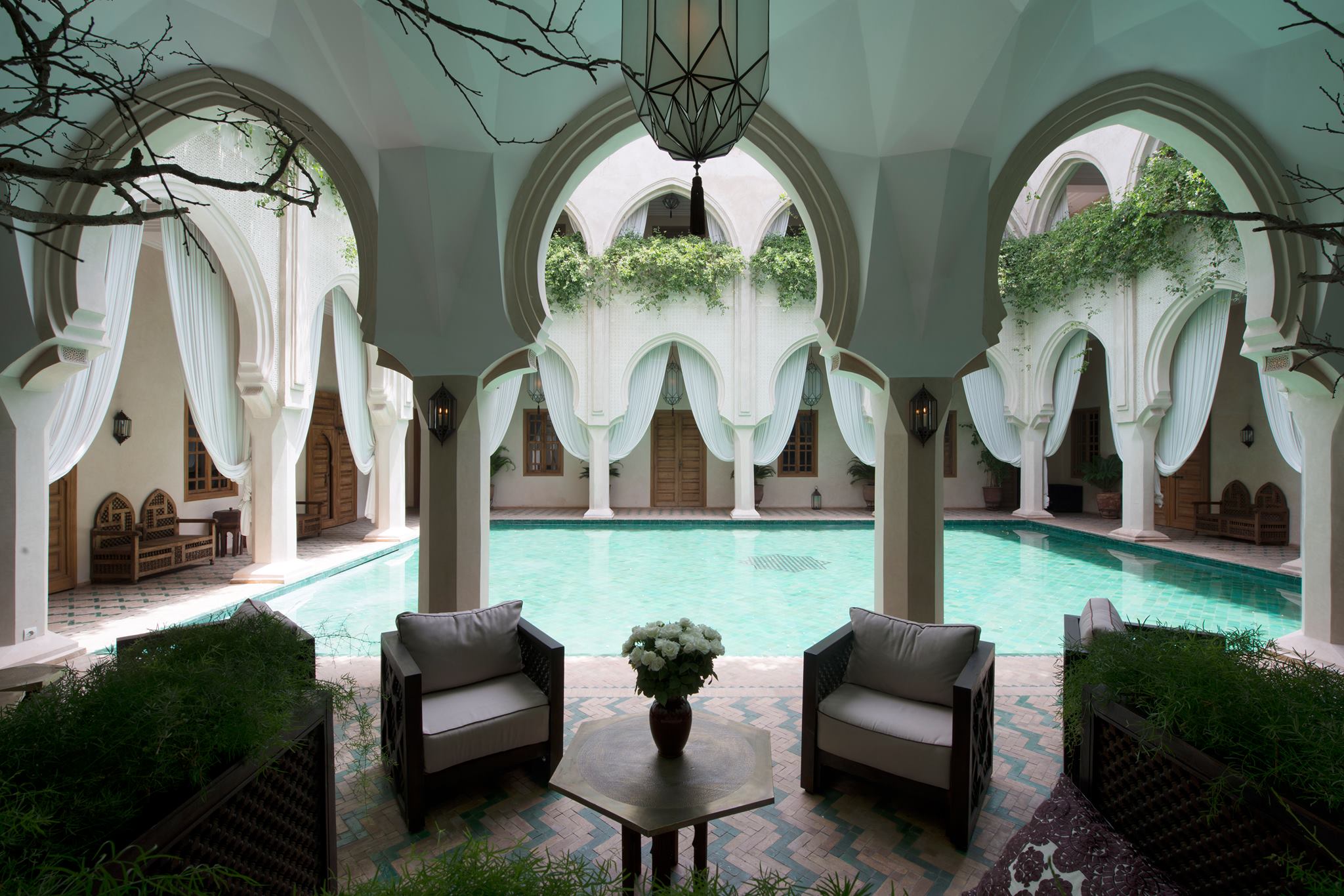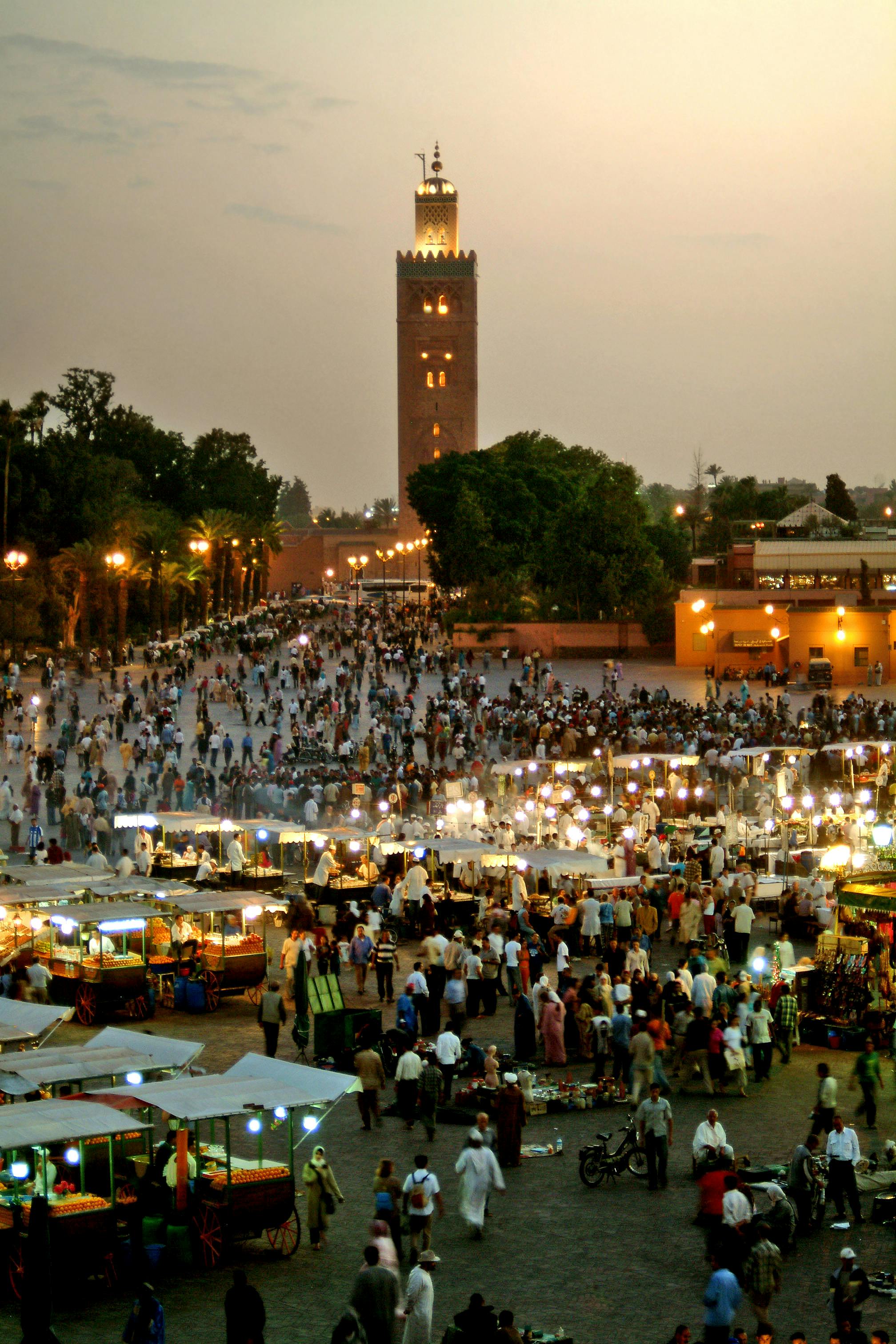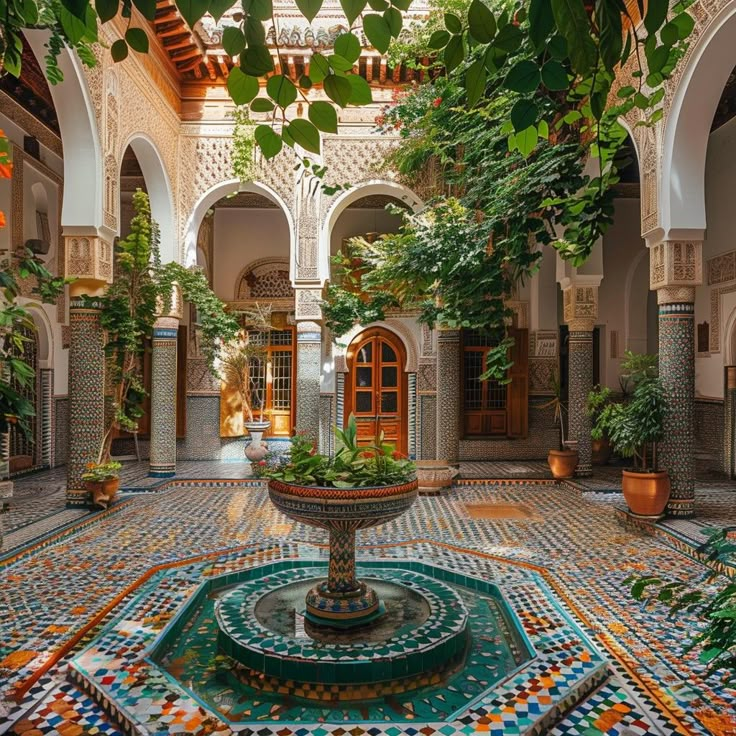What is a Riad in Morocco?

If you’re looking to explore the elegance of Arabian culture, The riads of Marrakech is a good place to start. This type, of buildings displays a dozen exquisite interiors replete with craft, color, texture, architectural detail, decorative flourishes, and mysterious light.
Marrakech riads are the most typical Moroccan accommodation. Bright and airy, and a large number of traditional riads have been converted into guesthouses, allowing visitors to enjoy a typical Moroccan experience. Checkout our Marrakech riads for sale Marrakech : https://www.marrakechsunset.com/riad-for-sale-marrakech/
By its strictest definition, a ‘Riad’ is an enclosed garden or courtyard (also spelled ‘Riyâd’ in some quarters). However, by popular usage, the term has come to represent traditional Moroccan homes, built around such an enclosure and more specifically those homes that have been renovated and restored and opened to the public as intimate guesthouses.
This type of construction, with both public and private rooms organized around a central open courtyard, is a key distinction of Islamic architecture and remains remarkably consistent throughout the Arab world, from private dwellings to places of worship through to the grandest palaces. The inward facing scheme of the Riad is designed to maximize family privacy from the outside world. Such privacy is highly prized, conforming to Islamic cultural norms. As such, rooms typically have windows and balconies looking back inward to the courtyard rather than outward facing. This keeps the focus on the courtyard as center of all house activities.
The Moroccan home in the marrakech medina riads will have no frontage and is distinguished only by a modest door. The structure’s outer walls and the outer walls of other homes parallel each other to form the alleys and passages.
Usually, the outer house door will open into a setwan a modest sitting area where guests can be received without disturbing the inner house. From here a corridor will lead into the house and the open courtyard, set around the sahrîdj, a fountain or basin. The importance of the sahrîdj in the Riad cannot be understated. Water is a potent symbol of life in desert lands and as such is valued as sacred. It represents the vital life force of the house.
An inner garden is also highly prized and courtyards are likely to feature native citrus trees, palms, and jasmine. Their fragrances add to the tranquility of the trickling waters, for a perfectly balanced and harmonious oasis of peace.
Elongated rooms, called bâyts, line the perimeter of the courtyard and are typically devoted to public salons and dining rooms. Each has a central open arched passage, which looks upon the courtyard and fountain. Tight winding stairways are tucked into the building’s corners, leading to hammams or up to the upper level, where private rooms are found. This upper level is lined with open colonnaded galleries, serving as passages between rooms.
Marrakech riads are traditionally open at the top, allowing fresh air, sunlight, birds, and sometimes rain, to enter the property. The sloping edges of the roof prevent water from sitting down and stagnating; water flows in the interior gardens. The walled-up roof terrace surrounds the opening.
The kitchens also are on the ground floor, discreetly hidden from the passage of the main entrance, as opposed to the garden. Kitchen fireplaces let heat and cooking smells rise and dissipate without affecting the rest of the house.
This forms the basis of the Riad floor plans, although many public Riads are often a collection of many courtyards and have found new ways of reinterpreting the form.
Within the Riad, the surfaces contain remarkable degrees of ornamentation and handcrafted arts. The smooth colored broad tadelakt surfaces offer a counterpoint to customary complex geometric tile work, called zelige, and intricately carved wooden lattice moucharabieh screens.
As Islamic tradition forbids the representation of living figures in decorative arts, geometric or floral forms serve as the basis for the multi-faceted designs. Smaller additions or entire corners of the building , called douiriya, are devoted to servants’ quarters and washing areas, and most importantly the kitchen.
Roofs, conforming to the contours of the Riad, offer respite from confinement with open horizons and views over the Medina.
In private homes, this flat space could be turned over to storage or laundry hanging, or even keeping livestock. Invariably in the converted guest homes, the entirety of the roof is devoted to solariums, drinking & dining, and occasionally dipping pools.
Amenities such as hammams, swimming pools, and modern comforts represent a necessarily modern twist to Riad life.
In general, riads in the medina don’t have lifts and most have steep, twisty, narrow staircases, although some also have reasonably-sized rooms on the ground floor a number of popular places to stay are not adapted for people in wheelchairs.
Indeed, although fundamentals of Riad design have been highly canonized within Islamic architecture, through the ages the vast majority of the fashionable Riads have been developed by Europeans. Subsequently, these remarkable homes have expressed such principles in highly original and eclectic fashion. Be your Riad customary or unconventional, your stay promises to be an exotic, romantic, and fully transcendent Moroccan experience to discover life in the bustling medina, in a property used by the rich of the past.





